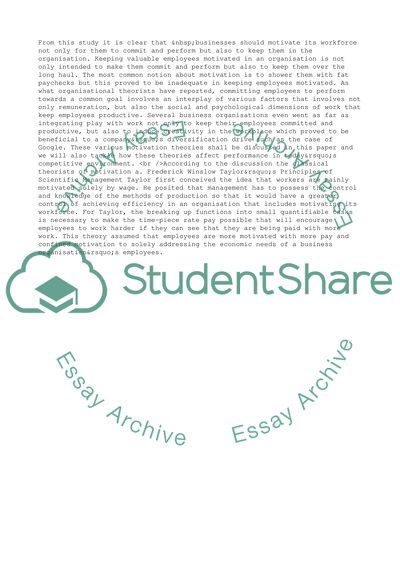Cite this document
(“Motivation Theories and How It Affects Employees' Commitment and Essay”, n.d.)
Retrieved from https://studentshare.org/business/1441279-using-relevant-theories-and-examples-explain-how
Retrieved from https://studentshare.org/business/1441279-using-relevant-theories-and-examples-explain-how
(Motivation Theories and How It Affects Employees' Commitment and Essay)
https://studentshare.org/business/1441279-using-relevant-theories-and-examples-explain-how.
https://studentshare.org/business/1441279-using-relevant-theories-and-examples-explain-how.
“Motivation Theories and How It Affects Employees' Commitment and Essay”, n.d. https://studentshare.org/business/1441279-using-relevant-theories-and-examples-explain-how.


